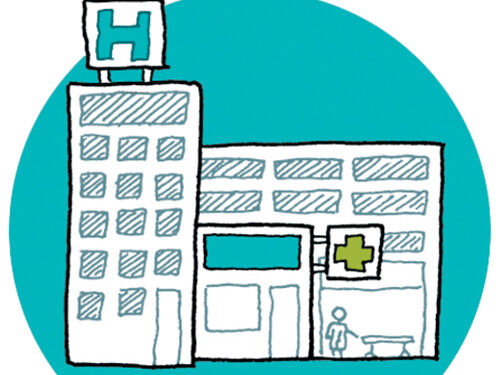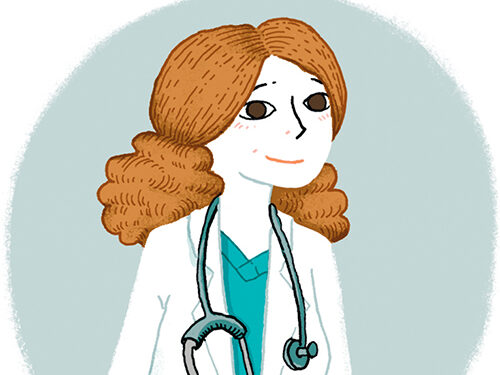The diseases of the amino acid catabolism
Enzyme deficiency
Amino acidAmino acids are molecules that combine to form proteins. 20 amino acids make up the proteins of the human body. Of these, 8 are essential (our body cannot synthesise them, they must be supplied by the diet): isoleucine, leucine, lysine, methionine, phenylalanine, threonine, tryptophan, valine.
Arginine and histidine are semi-indispensable. In fact, only infants need to take them from their food.
Cysteine, glycine and tyrosine may be indispensable for certain populations catabolism diseases are caused by a genetic deficiency of one of the enzymes necessary for the breakdown of one (or more) amino acid(s). This means that from birth, one of these enzymes does not function and becomes responsible for an “enzymeAn enzyme is a protein (or in certain cases an RNA) which catalyses (speeds up) a metabolic reaction. block”.
There are moderate forms of these diseases, in which the enzymeAn enzyme is a protein (or in certain cases an RNA) which catalyses (speeds up) a metabolic reaction. functions somewhat, but not sufficiently to properly break down the amino acidAmino acids are molecules that combine to form proteins. 20 amino acids make up the proteins of the human body. Of these, 8 are essential (our body cannot synthesise them, they must be supplied by the diet): isoleucine, leucine, lysine, methionine, phenylalanine, threonine, tryptophan, valine.
Arginine and histidine are semi-indispensable. In fact, only infants need to take them from their food.
Cysteine, glycine and tyrosine may be indispensable for certain populations (or its derivative) in question. This is known as a “partial deficiency” in which there is a “residual activity of the enzyme”.


The consequences of enzyme deficiency
The existence of an enzymatic block that can be located more or less far down the metabolic chain will lead to:
- An accumulation of substances (amino acid(s) or its derivatives) upstream of the enzymatic deficit,
- A defect in the production of substances downstream of the enzymeAn enzyme is a protein (or in certain cases an RNA) which catalyses (speeds up) a metabolic reaction. deficiency.
It is mainly the accumulation of substances upstream of the enzymeAn enzyme is a protein (or in certain cases an RNA) which catalyses (speeds up) a metabolic reaction. deficiency that will be responsible for the signs of the disease. These substances, accumulated in large quantities, then become “toxic” for the body. These substances, accumulated in large quantities, then become “toxic” for the body. This is known as “intoxication” disease.
Depending on the accumulated substance, a distinction is made between “aminoacidopathies”, in which the accumulated toxic substance is one (or a few) amino acid(s) (e.g. phenylketonuria, leucinosis, etc.), and “organic acidurias (or acidemias)”, in which the accumulated toxic substance is an organic acid, i.e. an intermediary product of the degradation of an amino acidAmino acids are molecules that combine to form proteins. 20 amino acids make up the proteins of the human body. Of these, 8 are essential (our body cannot synthesise them, they must be supplied by the diet): isoleucine, leucine, lysine, methionine, phenylalanine, threonine, tryptophan, valine.
Arginine and histidine are semi-indispensable. In fact, only infants need to take them from their food.
Cysteine, glycine and tyrosine may be indispensable for certain populations.
Intoxication may be “chronic”, i.e. responsible for progressive signs that evolve slowly, or “acute”, i.e. sudden, corresponding to an acute decompensation of the disease. A combination of the two phenomena is also possible, associating acute decompensations on a background of chronic intoxication. It should be noted that phenylketonuria differs from the other diseases in this group in that it does not lead to acute decompensation, but only to chronic intoxication.
“Your child’s digestive system and digestion are functioning normally.”
The transmission of the disease
These are hereditary genetic diseases (i.e. usually transmitted by both parents), with an autosomal recessive character = the gene carrying the “abnormal” character (in a hidden way in the parents) exists on the two chromosomes brought by each of the parents, and is therefore duplicated in your child; it is under these conditions that the disease is expressed. People (like you, both parents) who carry the genetic abnormality on only one of the two chromosomes will not have any sign of the disease throughout their lives; you are said to be “healthy carriers”.
The risk of having an affected child is 1 in 4 (but 3 in 4 that the child will be healthy) and this risk recurs with each pregnancy. In some rare cases, the genetic abnormality on one of the two chromosomes has appeared spontaneously in your child (or ‘neo-mutation’) and the abnormality is only found in one of the parents.
The frequency of these diseases varies from one disease to another, but they are very rare diseases, named as such: “RARE DISEASES” or “orphan diseases”.
They are always constitutional diseases, i.e. they are present from birth and throughout your child’s life, and are an integral part of the child.
A cure is therefore not possible at this time.

“But these diseases are treatable by a specific diet (with or without medication) that must be maintained throughout life.”
It is therefore necessary to understand it in order to be able to :
- integrate it,
- apply it every day without exception,
- explain it to your child, as soon as he or she




